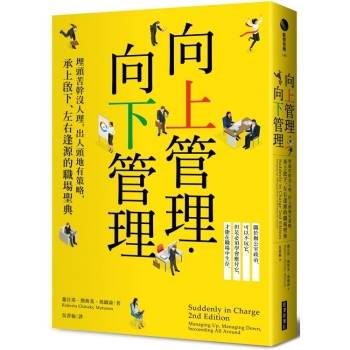Barcelona, City of Margins studies the creation of a space of dissent in the 1950s and 1960s that became the pillar of the protest movements during the final years of the Franco dictatorship and the transition to democracy. This space of dissent took shape in the margins of what is considered the official space of the city of Barcelona, revealing the interconnection of urbanism, literature, and photography in the formation of the political, social, and cultural movements to come in the 1970s.
Olga Sendra Ferrer draws from theoretical readings on built environments, neighbourhoods, housing projects and developments, and everyday life within Spanish urban spaces. Literature and photography demonstrate the political value of cultural production and forms of cultural representation that occur from peripheral zones - those pushed aside by exclusionary politics, fascist forms of control, surveillance, and homogenization.
In search of the origins of the protest movements and counter culture that would come in the final years of the Franco regime, Barcelona, City of Margins asserts the value of urban movement and cultural practice as a challenge to the spatial and urbanistic regime of Francoism.

 看圖書介紹
看圖書介紹










